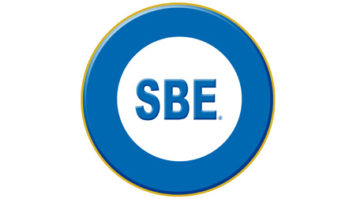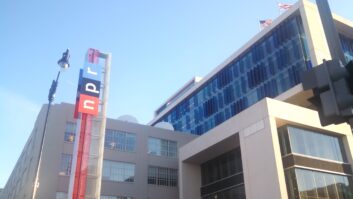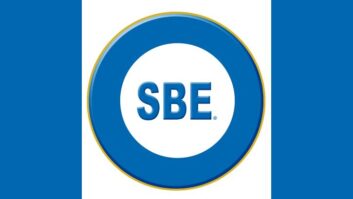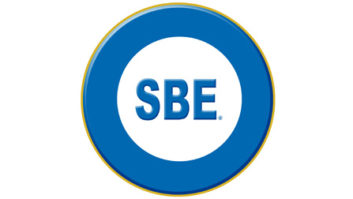Engineers propose abandonment of ratchet rule
Nov 1, 2009 12:00 PM, By Harry Martin
Ron Rackley and Ben Dawson have filed a petition for rule making on behalf of their firms (du Treil, Lundin & Rackley, and Hatfield & Dawson) proposing a significant change in the AM allotment rules � specifically to footnote 1 of Section 73.182(q). Initial comments were due on the proposal on October 9.
The following simple example taken from the Rackley-Dawson petition illustrates how the ratchet rule currently operates: Station A is a 5.0kW station on 1000kHz with a quarterwave nondirectional antenna and a nighttime interference-free level of 3.0mV/m and Station B is a 5.0kW co-channel station located some distance away that has a nighttime interference-free RSS of 13.0mV/m including a single limit from Station A of 8.3mV/m. The Station B antenna was designed to have a null in its vertical radiation pattern protecting Station A, but Station A was there first and does not protect Station B. Both stations have 5mS/m ground conductivity within their coverage areas. If Station A makes a transmitter site change subject to the �ratchet clause� [i.e., Section 73.182(q), footnote 1] and is required to reduce its interference contribution by 10 percent, the single limit from station A will decrease from 8.3mV/m to 7.5mV/m and the nighttime interference-free RSS at Station B will decrease from 13.0mV/m to 12.5mV/m.
Ratchet rule
The ratchet rule was adopted in the early 1990s as part of an effort to reduce interference in the AM band. Unlike FM and TV, at night AM signals bounce off the ionosphere and come back to earth far away from the transmitter. This leads to serious nighttime interference problems, because the bounce (also known as the skip effect) tends to be somewhat unpredictable. (In fact, the calculations are possible only statistically.) To deal with those problems, the Commission over the years devised a complicated set of standards designed to limit, but not absolutely prevent, the nighttime interference stations could expect to encounter.
The ratchet rule was intended to induce reduction of interference by making reductions in a Class A or B station’s contribution to potential nighttime interference a condition to changes in that station’s facilities.
The Rackley-Dawson petition illustrates how the rule, in practice, tends to discourage service improvements even when such improvements would greatly outweigh any advantage gained through supposed reductions in nighttime interference. In this connection the engineers point out that the stations most likely to be constrained by the ratchet rule tend to be older ones that cause relatively little nighttime interference, while the stations to which interference would be reduced are newer stations that agreed to accept the existing levels of interference when they were authorized. It appears from the petition that elimination of the ratchet rule would provide meaningful relief for a significant number of AM stations.
Depending on the response to the first round of comments received in October, the FCC may decide to embody this proposal in a formal rule making proceeding. While radio is not a priority for the current Commission, this type of technical proposal, because it does not have any political implications, could well get the agency’s ultimate blessing.
Dateline
The FCC has indefinitely suspended the previously-announced Nov. 1 deadline for submission of biennial ownership reports for commercial radio stations in all states and territories. Licensees will have a minimum of 30 days to prepare and file their reports once OMB approves the new Form 323.
For noncommercial radio stations in Alabama, Connecticut, Georgia, Massachusetts, Maine, New Hampshire, Vermont and Rhode Island, their biennial ownership report deadline is Dec. 1.
Dec. 1 is the deadline for radio stations in Connecticut, Massachusetts, Maine, New Hampshire, Vermont and Rhode Island to electronically file their Broadcast EEO Mid-Term Reports (Form 397) with the FCC.
Dec. 1 is the deadline for radio stations licensed in the following states to place their annual EEO Reports in their public files: Alabama, Connecticut, Georgia, Massachusetts, Maine, New Hampshire, Vermont and Rhode Island.
Martin is a member of Fletcher, Heald & Hildreth, PLC, Arlington, VA. E-mail:[email protected]






